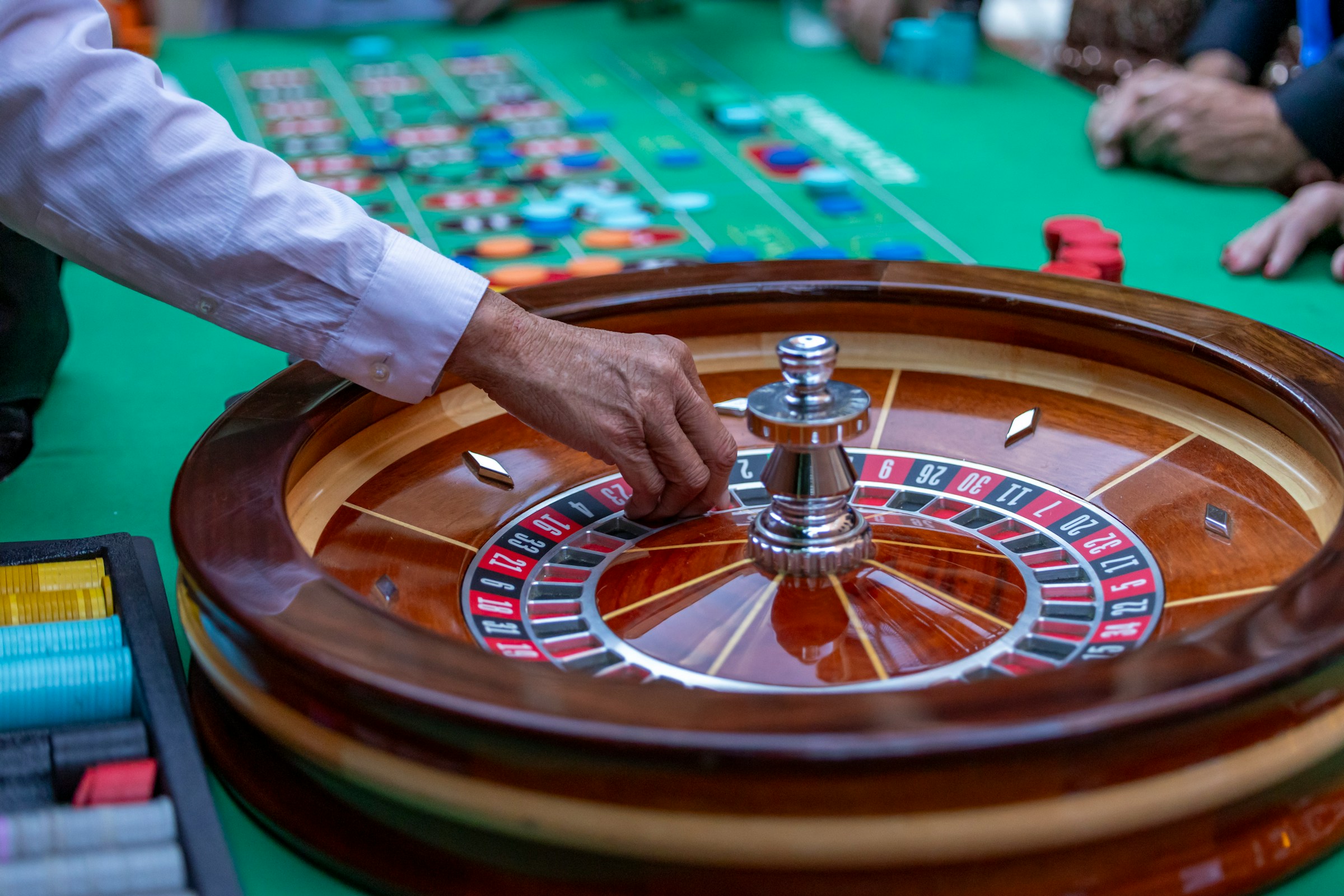Roulette is one of the world’s most symbolic and widely played casino games. The charm is in the excitement of simplicity and the rotation of the ball around the wheel. Among the many betting strategies related to the game, betting on RED and Black is a tactic that attracts attention due to its obvious direct performance. It may seem like a safe approach, but this method has a specific effect on payments, probability and long -term results.
Understanding the structure of roulette wheels

It is essential to understand the structure of the standard roulette wheel to analyze the betting results on both red and black colors. There are two main versions in the game.
European roulette: 37 pockets (numbers 1 ~ 36 + single green 0) function
US roulette: 38 pockets (numbers 1 ~ 36, single 0 and double 0) are included.
The number 1 to 36 is divided evenly in red and black, and there are 18 numbers of each color.
Green 0 (and in the US version 00) is not red or black. This green slot is to provide the casino with the edge of the house. Red and Black Bets are “high money” betting, but pay 1: 1, but the presence of green slots prevents these bets from having a true 50/50 opportunity.
Mechanics betting on red and black
Betting at the same time on both the red and black colors means dealing with 36 of the 37 or 38 results as possible, depending on the game version. Theoretically, this is a way to reduce risk. Betting on both colors, you can guarantee victory in each spin. But this is not true.
How the bet actually proceeds is as follows.
- If the ball lands in red, red betting wins and black betting is lost.
- If it lands in black, your black bet wins and a red bet is lost.
- Landing in green (0 or 00) will lose both bets.
In the red or black results, you effectively win one bet and lose other bets to get your net profit. You pay 1: 1 for victory betting and lose the same amount in the lost bet. Your balance does not increase. The exception is that when the ball lands in a green pocket, both bets lose both bets and experience the same pure loss as the total bet.
House edge and probability
The House Edge ultimately ensures the long -term advantages of the casino. The probability of hitting green (0) in European roulette is one out of 37 or about 2.7%. In the US roulette with two green pocket 0 and 00, the probability increases to 2 out of 38 or about 5.26%.
Betting on both the red and black colors will cover almost all the numbers, but the presence of the green pocket is small, but it ensures a consistent drainage. This is a statistical disadvantage of creating an inefficient strategy to bet on two colors in the long run.
Reasons for using this strategy
Some players use this strategy to meet the betting requirements for casino promotions or bonuses. In particular, if the “low risk” betting pattern is not explicitly excluded. Others can be recognized as a low measurement approach in extending playtime without experiencing significant victory or loss in the short term.
There is also a psychological element. Seeing your betting canceled each other (except for green pocket), a fantasy of stability occurs. But this does not change the mathematical reality that you are playing a negative game every time the wheel rotates.
The casino also completely knows this betting pattern and its meaning. It is not prohibited in standard play, but it does not provide a strategic advantage, and in bonus scenarios, such behavior is often limited to prevent exploitation.

conclusion
Betting on red and black in roulette may look like a clever tactic that minimizes risks, but it doesn’t actually cause net profit. The result is a guaranteed result of red or black spin and a total loss when the ball lands green. Over time, this strategy causes a consistent loss due to a house edge built into Green Zero (or Double Zero) of Green Zero (or American Roulette). It can provide control or volatility reduction, but it is not likely to be profitable.
